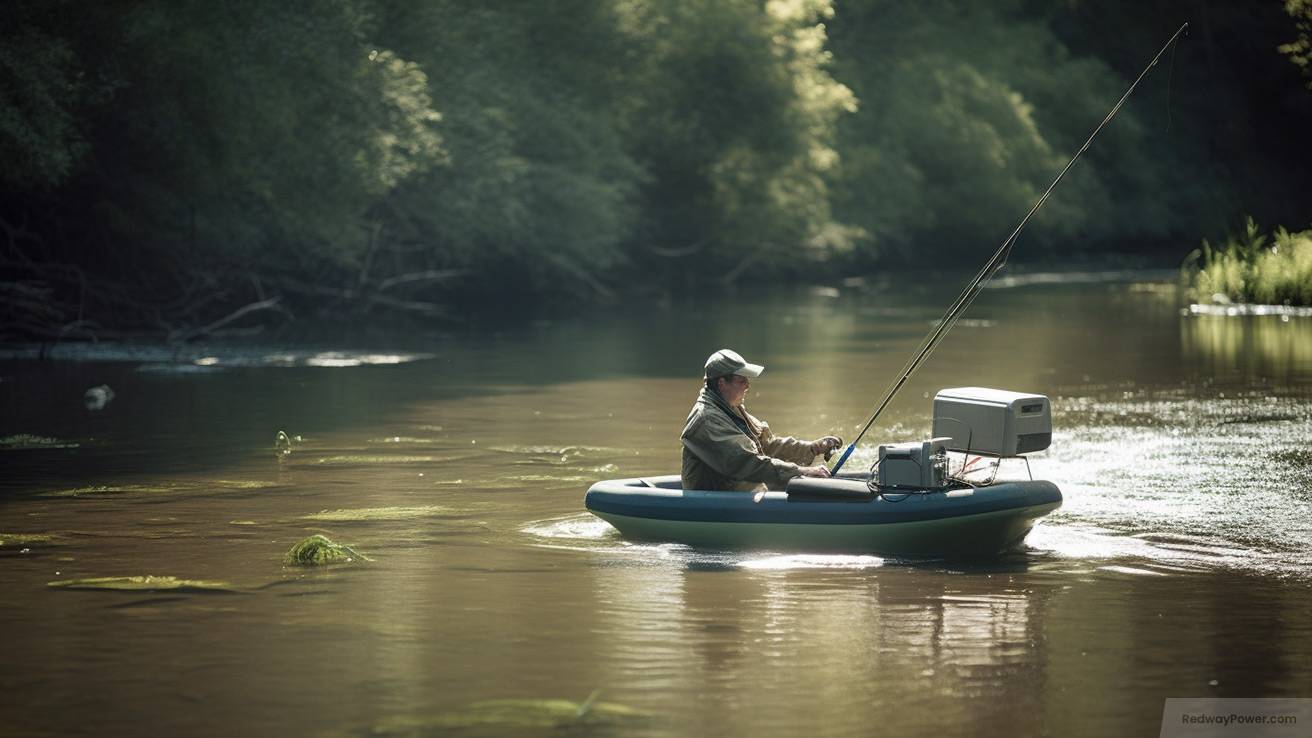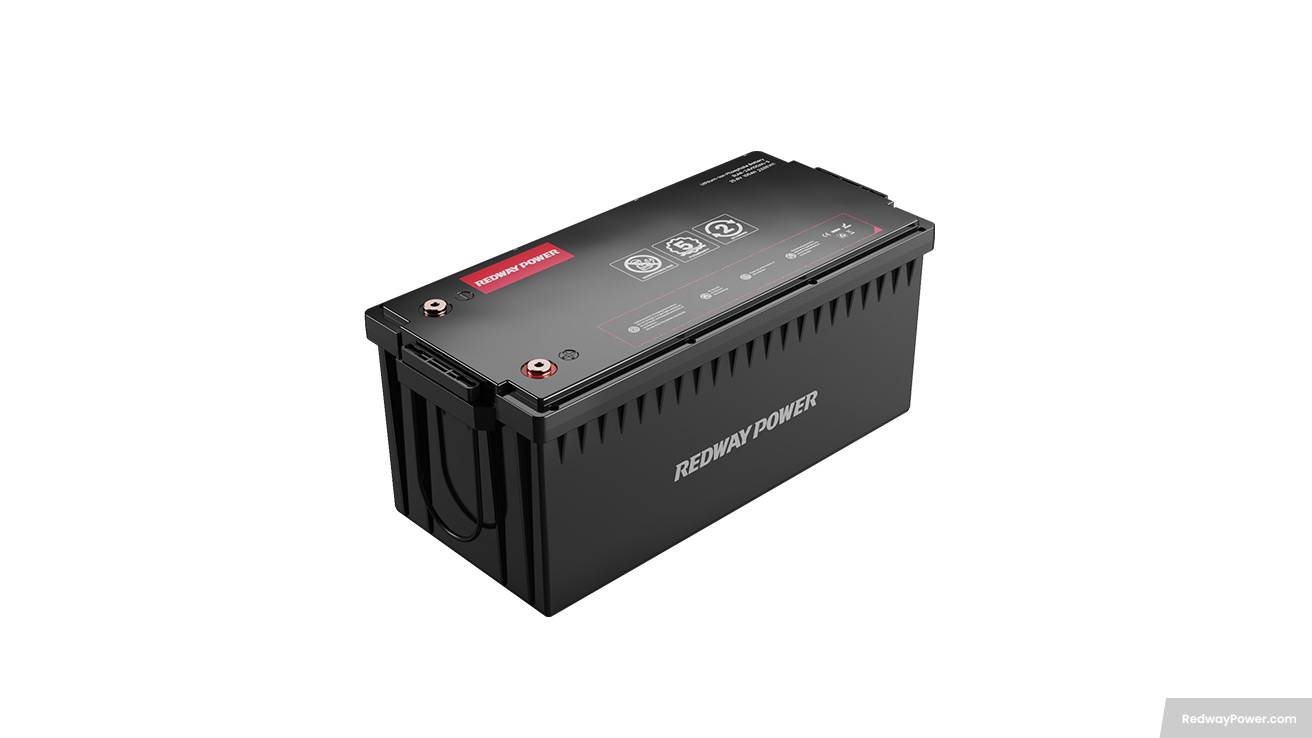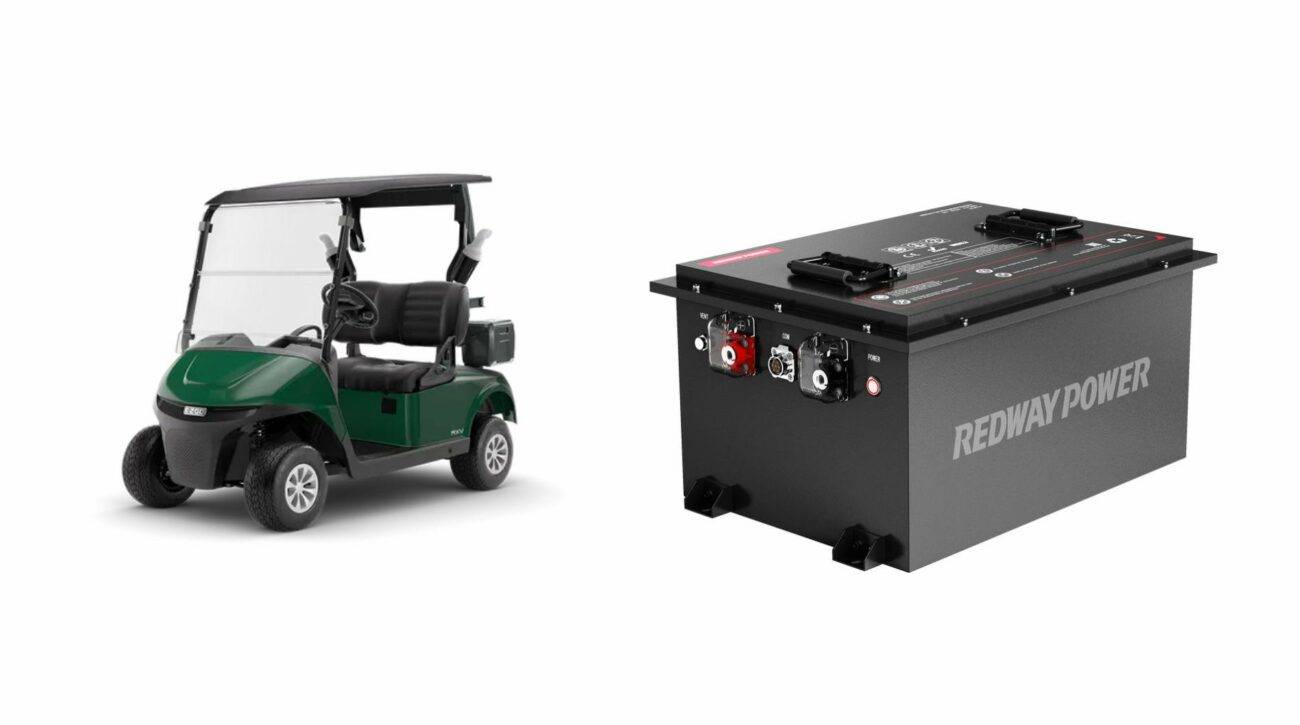- Lithium Golf Cart Battery
- Forklift Lithium Battery
-
48V
- 48V 210Ah
- 48V 300Ah
- 48V 420Ah (949 x 349 x 569 mm)
- 48V 420Ah (950 x 421 x 450 mm)
- 48V 456Ah
- 48V 460Ah (830 x 630 x 590 mm)
- 48V 460Ah (950 x 421 x 450 mm)
- 48V 460Ah (800 x 630 x 600 mm)
- 48V 460Ah (820 x 660 x 470 mm)
- 48V 500Ah
- 48V 560Ah (810 x 630 x 600 mm)
- 48V 560Ah (950 x 592 x 450 mm)
- 48V 600Ah
- 48V 630Ah
-
48V
- 12V Lithium Battery
12V 150Ah Lithium RV Battery
Bluetooth App | BCI Group 31
LiFePO4 Lithium
Discharge Temperature -20°C ~ 65°C
Fast Charger 14.6V 50A
Solar MPPT Charging - 24V Lithium Battery
- 36V Lithium Battery
- 48V Lithium Battery
-
48V LiFePO4 Battery
- 48V 50Ah
- 48V 50Ah (for Golf Carts)
- 48V 60Ah (8D)
- 48V 100Ah (8D)
- 48V 100Ah
- 48V 100Ah (Discharge 100A for Golf Carts)
- 48V 100Ah (Discharge 150A for Golf Carts)
- 48V 100Ah (Discharge 200A for Golf Carts)
- 48V 150Ah (for Golf Carts)
- 48V 160Ah (Discharge 100A for Golf Carts)
- 48V 160Ah (Discharge 160A for Golf Carts)
-
48V LiFePO4 Battery
- 60V Lithium Battery
-
60V LiFePO4 Battery
- 60V 20Ah
- 60V 30Ah
- 60V 50Ah
- 60V 50Ah (Small Size / Side Terminal)
- 60V 100Ah (for Electric Motocycle, Electric Scooter, LSV, AGV)
- 60V 100Ah (for Forklift, AGV, Electric Scooter, Sweeper)
- 60V 150Ah (E-Motocycle / E-Scooter / E-Tricycle / Tour LSV)
- 60V 200Ah (for Forklift, AGV, Electric Scooter, Sweeper)
-
60V LiFePO4 Battery
- 72V~96V Lithium Battery
- Rack-mounted Lithium Battery
- E-Bike Battery
- All-in-One Home-ESS
- Wall-mount Battery ESS
-
Home-ESS Lithium Battery PowerWall
- 24V 100Ah 2.4kWh PW24100-S PowerWall
- 48V 50Ah 2.4kWh PW4850-S PowerWall
- 48V 50Ah 2.56kWh PW5150-S PowerWall
- 48V 100Ah 5.12kWh PW51100-F PowerWall (IP65)
- 48V 100Ah 5.12kWh PW51100-S PowerWall
- 48V 100Ah 5.12kWh PW51100-H PowerWall
- 48V 200Ah 10kWh PW51200-H PowerWall
- 48V 300Ah 15kWh PW51300-H PowerWall
PowerWall 51.2V 100Ah LiFePO4 Lithium Battery
Highly popular in Asia and Eastern Europe.
CE Certification | Home-ESS -
Home-ESS Lithium Battery PowerWall
- Portable Power Stations
Is There a Difference Between Deep Cycle and Marine Batteries?


FAQs
What are dual-purpose batteries?
Dual-purpose batteries are designed to perform both starting and deep-cycle functions. They provide enough power to start the engine and also handle deep discharges for running accessories or electronics. They are suitable for applications like marine and RV systems where both starting and deep-cycling capabilities are needed.
How should a marine battery be stored?
Store marine batteries in a cool, dry place, ideally at a temperature of 50-75°F (10-24°C). Ensure they are charged to around 75% before storage and disconnect them to prevent discharge. For long-term storage, check the charge periodically and recharge as needed.
How long do marine batteries last?
Marine batteries typically last between 3 to 5 years, depending on the type (lead-acid or lithium), usage, maintenance, and operating conditions. Regular maintenance and proper storage can extend their lifespan.
What are the advantages of lead-acid marine batteries?
- Cost-Effective: Generally less expensive than lithium batteries.
- Reliability: Proven technology with a long track record.
- Availability: Widely available and supported by various chargers and accessories.
- Robust: Can handle rough conditions and vibrations.
What are the advantages of lithium marine batteries?
- Longer Lifespan: Typically last 2-3 times longer than lead-acid batteries.
- Higher Energy Density: More power in a lighter, smaller package.
- Faster Charging: Recharge more quickly than lead-acid batteries.
- Maintenance-Free: No need for regular maintenance like topping up water.
What are starter batteries?
Starter batteries are designed specifically to provide a high burst of power to start an engine. They have high cranking amps to deliver short bursts of energy needed for ignition but are not designed for deep discharges.
What size marine battery do I need?
The size of the marine battery you need depends on your boat’s electrical demands, engine requirements, and the space available for installation. Check the boat’s manual or consult with a marine professional to determine the appropriate size and capacity.
Why are cold cranking amps (CCA) important?
Cold Cranking Amps (CCA) measure a battery’s ability to start an engine in cold temperatures. Higher CCA ratings indicate better performance in cold weather, ensuring the engine starts reliably even in freezing conditions.
What are cranking amps (CA) and cold cranking amps (CCA)?
- Cranking Amps (CA): Measures the battery’s ability to start an engine at 32°F (0°C).
- Cold Cranking Amps (CCA): Measures the battery’s ability to start an engine at 0°F (-18°C). CCA is a more critical metric in colder climates as it reflects the battery’s performance in extreme cold conditions.


















